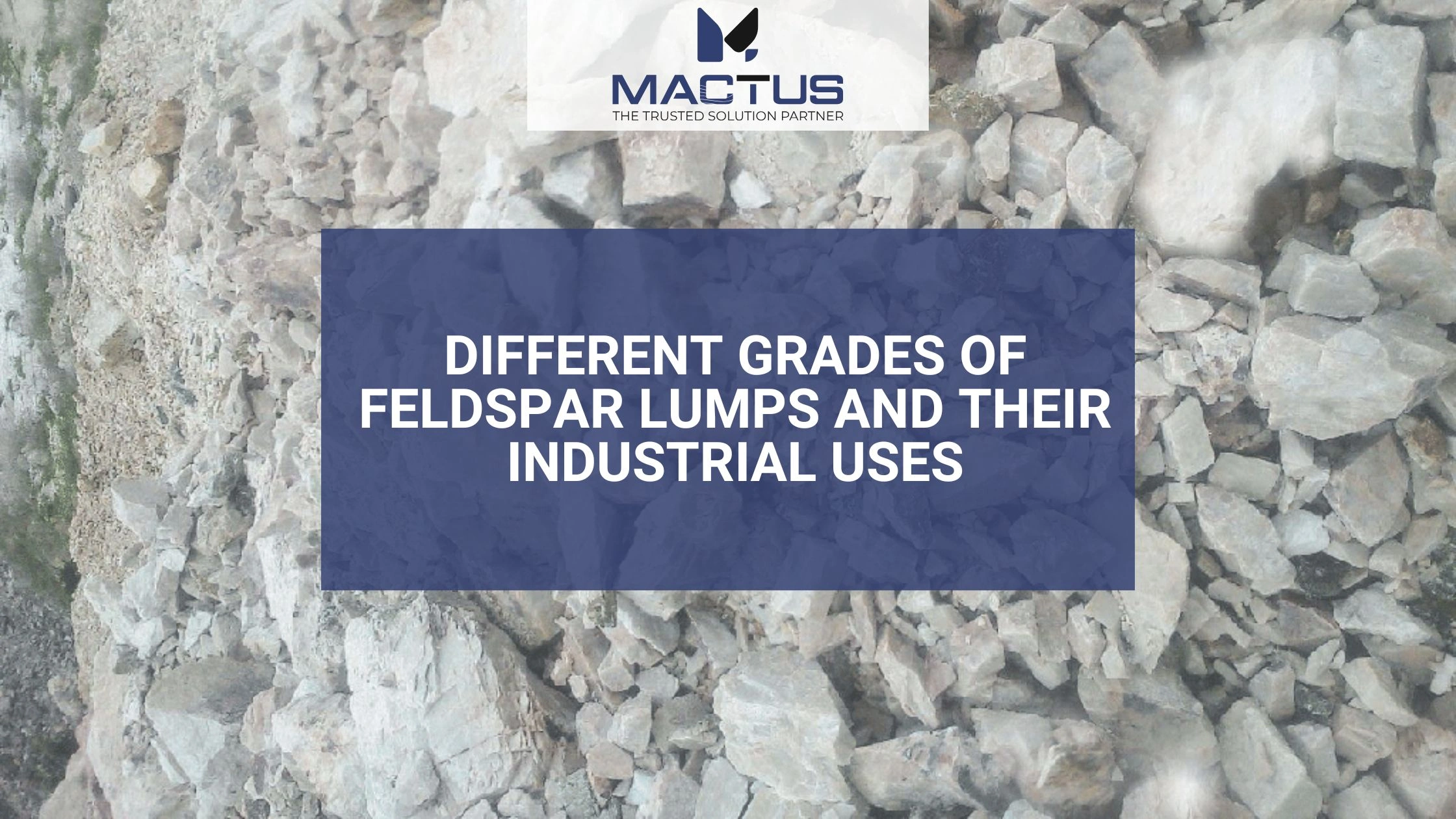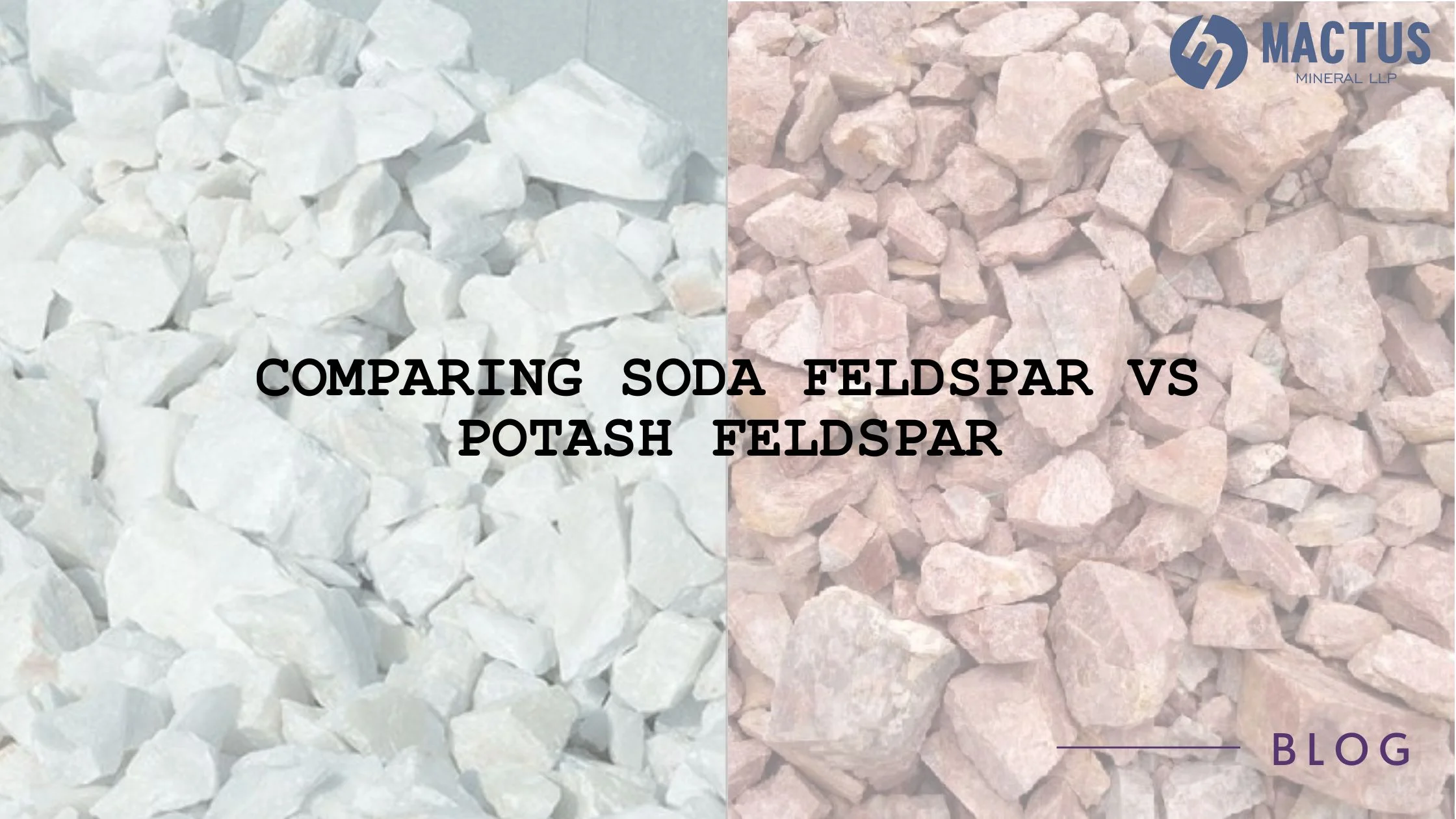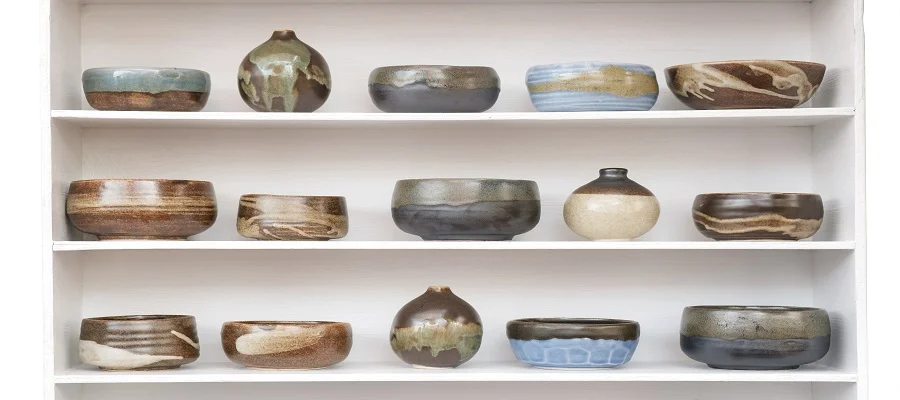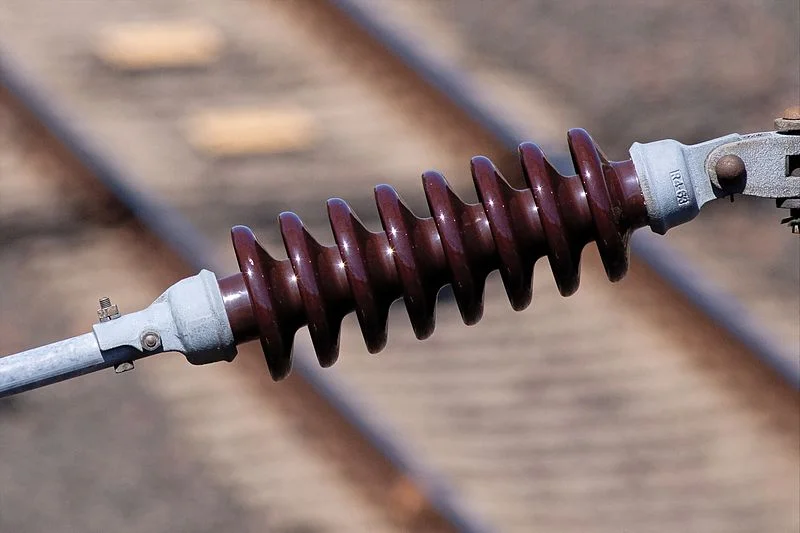

Connect With Our Team

Feldspar is one of the most essential raw materials in industries especially in the manufacture of glass and ceramics. But how does potassium feldspar, K feldspar, K10 feldspar, or sometimes K11 feldspar, differ from the soda feldspar – N feldspar, N10 feldspar, or even N11 feldspar? Each has specific properties and applications.
While potassium feldspar offers itself for its higher quality and malleability coupled with high melting point, sodium feldspar provides the ability to enhance strength and endurance of glass and ceramics. This guide is a detailed comparison of their composition, physical features, and special uses, making it an ideal resource for choosing the ideal feldspar for use.
Consider the following fascinating differences to choose the right feldspar.
Composition: N feldspar: As is the case with N10 feldspar and N11 feldspar, N feldspar is aluminum sodium silicate with good content of sodium.
Properties: Is very soluble and has a low melting point, which has made it be practically used in many industries.
Composition: The major constituent present is potassium aluminosilicate where K feldspar has the maximum potassium content among all the feldspars.
Properties: It is even more soluble in water and much harder to mold, but it is used where strength and rigidness is needed unlike sodium.
It is important to know the slightest of details regarding these compositions. While sodium feldspar is much better in glass making due to its low melting point, its hardness factor gives potassium feldspar the edge for ceramics.
Sodium feldspar, generally stated as N feldspar, includes N10 feldspar and N11 feldspar, finding critical applications in a range of industries due to its outright properties:
Glass and Ceramic Production: Soda feldspar is an important ingredient in glass and ceramic manufacture because it increases the strength of the finished products while decreasing melting temperatures.

Enamels and Glazes: Its presence in enamels and glazes results in a smooth, glossy finish, increasing the aesthetic value and longevity of ceramic items.
Welding Electrodes: Soda feldspar serves as a flux in welding, allowing for smoother welding operations and higher weld quality.
Other Industrial Applications: Soda feldspar is also used in the manufacturing of sanitary goods, fruits, and other particularly treated ceramics, since it may impart the necessary physical qualities to final products.
Potassium Feldspar, commonly known as K Feldspar (including K10 Feldspar and K11 Feldspar), is the backbone of a wide array of industries because it possesses specific very unique properties.
Ceramic and Glass Industries: K Feldspar forms an integral component in manufacturing ceramics and glass products. This further increases the durability, resistance to high temperatures, and the hardness of such finished products.
Electrical Insulators: The application of this substance in the production of electrical insulators provides them with high dielectric strength and low electrical conductivity, important factors for safe and effective operation.

Glazes and enamels: Potash Feldspar provides glazes and enamels with smooth luster and excellent hardness to the surface, which is Sirius both in appearance and functionality.
Porcelain and Sanitary Ware: K Feldspar forms an essential component in the manufacture of high-grade porcelain and sanitary ware by providing the needed strength and translucency.
Their long journey starts deep inside the crust of the Earth: Sodium Feldspar, or N Feldspar, and Potassium Feldspar, aka K Feldspar.
Using sophisticated mining methods, these minerals are carefully extracted to produce them in their most natural form.
It passes through several stages of crushing, grinding, and magnetic separation to ensure that every granule of these feldspar minerals adheres strictly to the rigid specifications set by clients.
Although both N feldspar and K feldspar require great care during processing, the peculiarity of their properties changes the strategies accorded to process them towards attaining maximum industrial utility.
These strategies aim to bring out the distinct benefits either along the lines of K Feldspar's better vitrification properties or the fluxing benefits of sodium feldspar.
There exist several economic factors worthy of note when one considers Sodium Feldspar joined with Potassium Feldspar:
Pricing Differences: Potassium Feldspar commands a better price than others because of its peculiar properties and more applications in high-quality ceramics and glass. Sodium Feldspar, notably N10 Feldspar and N11 Feldspar, is often priced more economically; nevertheless, this mineral is valuable in many more industrial uses.
Market Demand: The demand for both types of feldspar fluctuates with the requirement of whichever industry consumes more. Sometimes, tile and glass industries are driven towards K10 Feldspar and K11 Feldspar due to their better quality. However, N Feldspar remains dominating its share in many industries due to its effectiveness.
Availability and Supply: The price varies contingent upon the availability of the supply of the raw material and the complexity involved after extraction. While Sodium Feldspar is generally available, of high-quality Potassium
Feldspar is extracted and refined more precisely, hence modifying market dynamics and cost structures.
Therefore, drawing the curtain on this comparative discussion, one thing stands unequivocally clear: each variety allows a unique mix of chemical composition and industrial prowess to come to the fore. On the one hand, when talking about applications requiring glass at a lower melting point with high clarity, soda feldspar is peerless; on the other, potash feldspar takes over as champion in ceramic strength and durability.
Mactus Mineral LLP has gained a reputation for leadership in industrial minerals, producing each variety to exceptionally high standards. Complemented by modern processing techniques, each batch meets very stringent criteria, so purity and performance become the hallmark of the product offered to diverse global markets.
Be it the versatility you get from soda feldspar or the strength gained from potash feldspar, Mactus Mineral LLP is your dependable partner to deliver excellence in every shipment of minerals. Connect with Mactus Mineral LLP today to get the best option in high-grade feldspar minerals.
Whatsapp Chatx
Hi! Click one of our representatives below to chat on WhatsApp or send us email to [email protected] [email protected]
 |
Mr. Vivek Rajpara +91 75750 53447 |
 |
Mr. Nikunj Vadaliya +91 98240 66283 |
